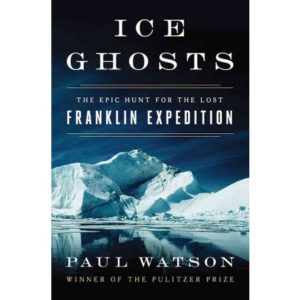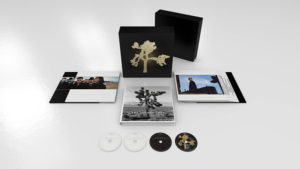Anyway the wind blows you, you will end up watching Eric Clapton’s highly-anticipated Live In San Diego With Special Guest JJ Cale. The DVD and Blu-Ray follows the release of the 2-disc CD set, 3 LP vinyl set and digital album of the concert, that were released on September 30, 2016 on Reprise/Bushbranch Records. In addition to the main DVD and Blu-Ray program, fans will enjoy extra footage of Clapton and Cale rehearsing “Anyway The Wind Blows” and “Who Am I Telling You?” for the concert.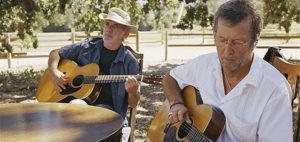
Recorded at Clapton’s March 15, 2007 performance at the iPayOne Center in San Diego, CA, Live In San Diego With Special Guest JJ Cale concert was part of a world tour that was much loved by Clapton fans and featured a stellar band that included guitarists Derek Trucks (now of the Tedeschi Trucks band) and Doyle Bramhall II. The two-hour San Diego concert was a highlight of the tour as it featured JJ Cale as a special guest on five tracks (including “After Midnight” and “Cocaine”), as well as Robert Cray on the final song of the record, “Crossroads.”
After successfully covering several Cale songs throughout his career, Clapton finally collaborated with Cale in 2006 on the original album Road to Escondido. Says Clapton: “This is the realization of what may have been my last ambition, to work with the man whose music has inspired me for as long as I can remember.”
So it’s fitting that one year later, Cale joined Clapton on stage for this special concert where they performed together, underlining the mutual respect the two musicians had for each other.
The concert features a superb set list from across Eric’s career. Notably, it includes songs from Eric’s classic Derek and the Dominos album Layla, with Derek Trucks playing many of Duane Allman’s original guitar parts.
Clapton is currently preparing to play North American shows for 2017, a series of concert dates at two famed venues: New York’s Madison Square Garden and Los Angeles’ Forum. The shows will be a celebration of 50 years in music and just as many decades performing at these two venues. Legendary guitar players Gary Clark, Jr. and Jimmie Vaughan will be special guests at the shows.
The remaining dates for Clapton ion concert:
| Thursday, September 7 | New York | Madison Square Garden |
| Friday, September 8 | New York | Madison Square Garden |
| Friday, September 15 | Los Angeles | The Forum |
| Saturday, September 16 | Los Angeles | The Forum |

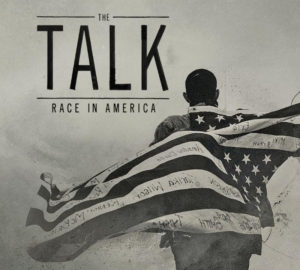



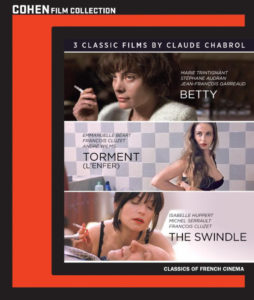 The triumvirate of films include:
The triumvirate of films include:

